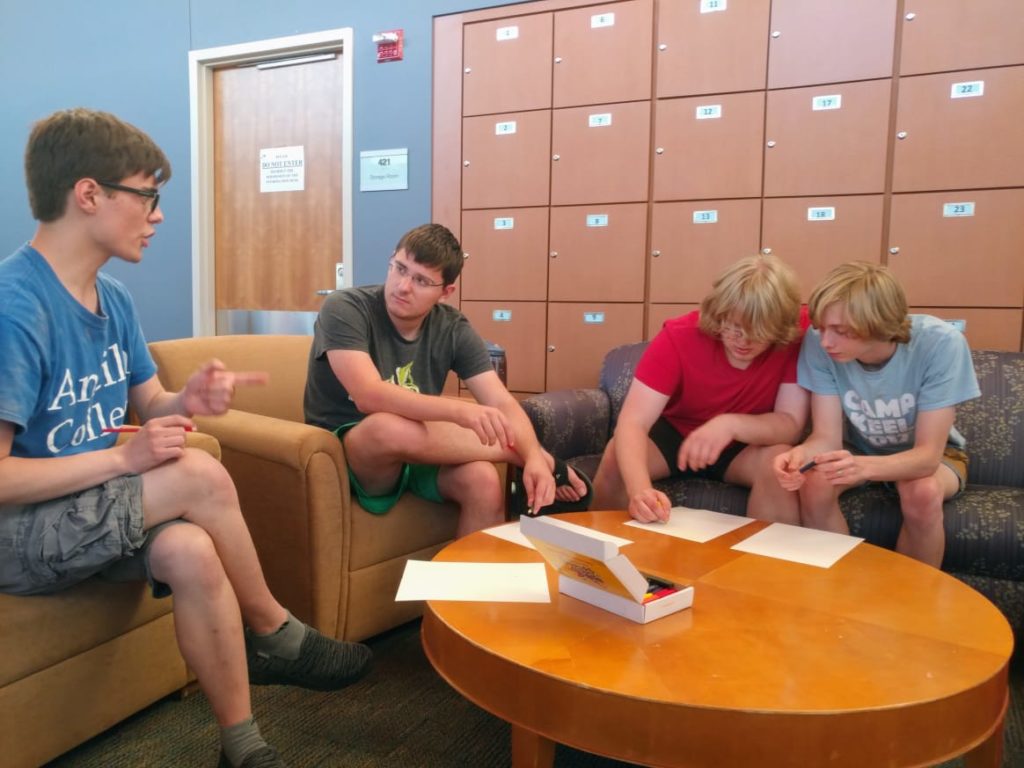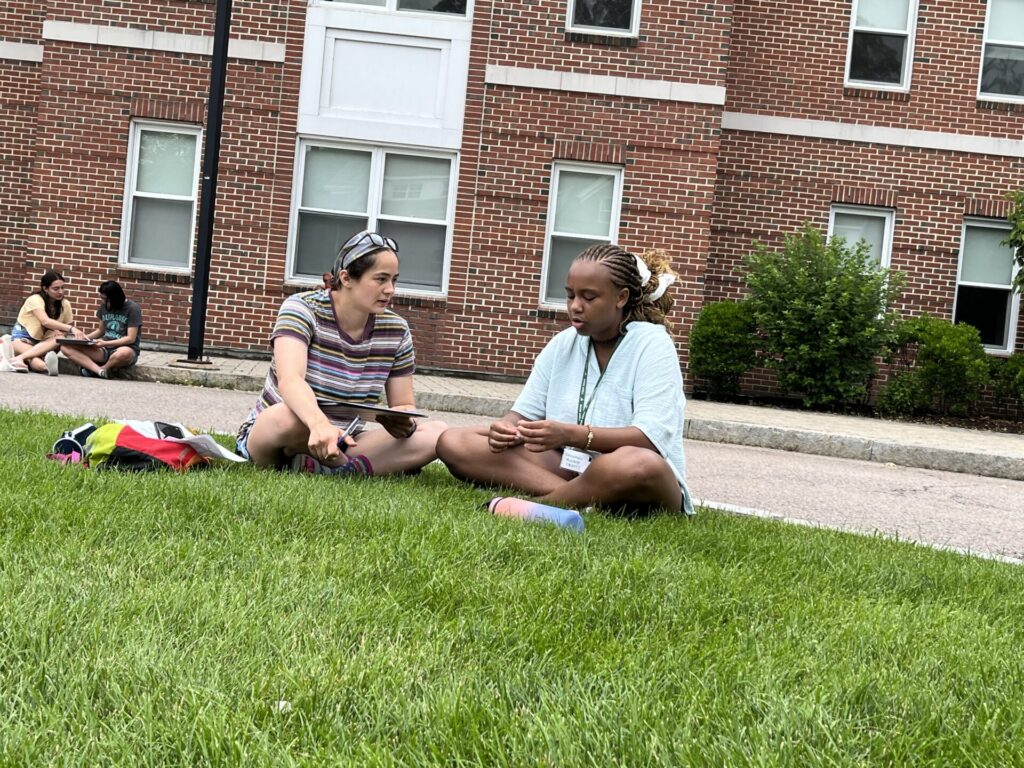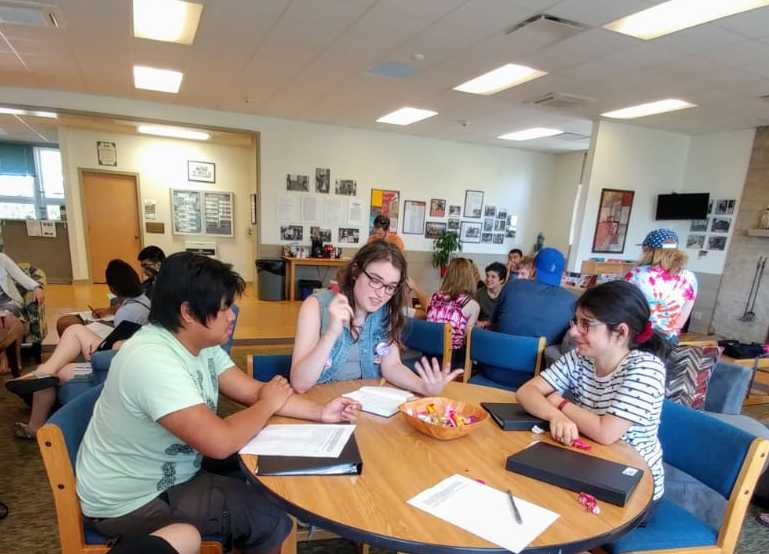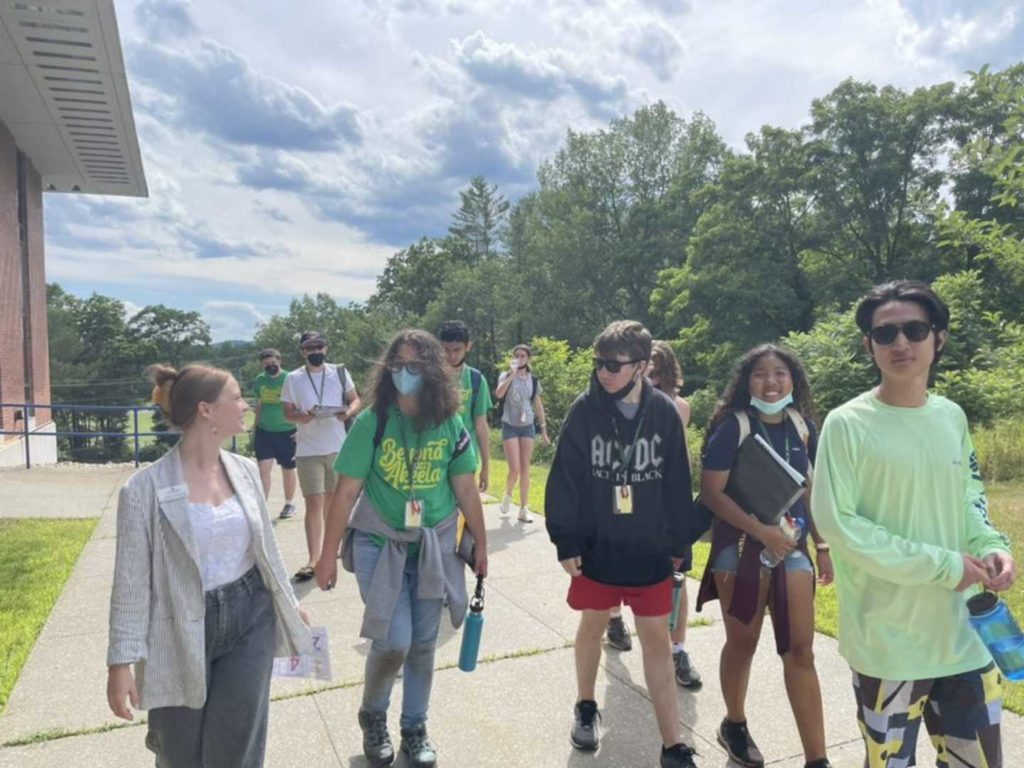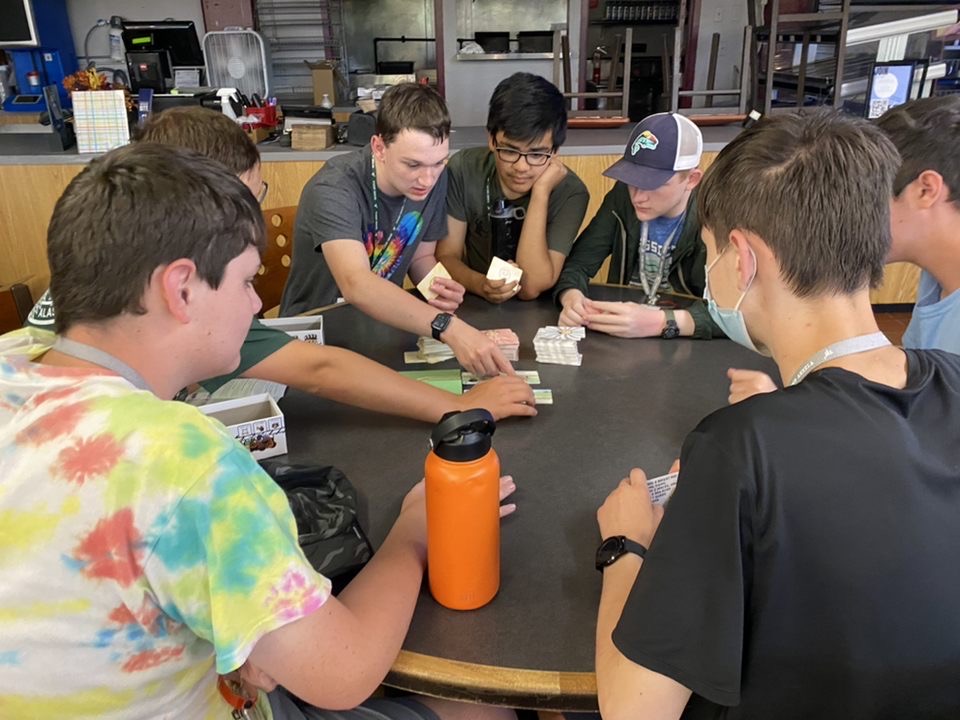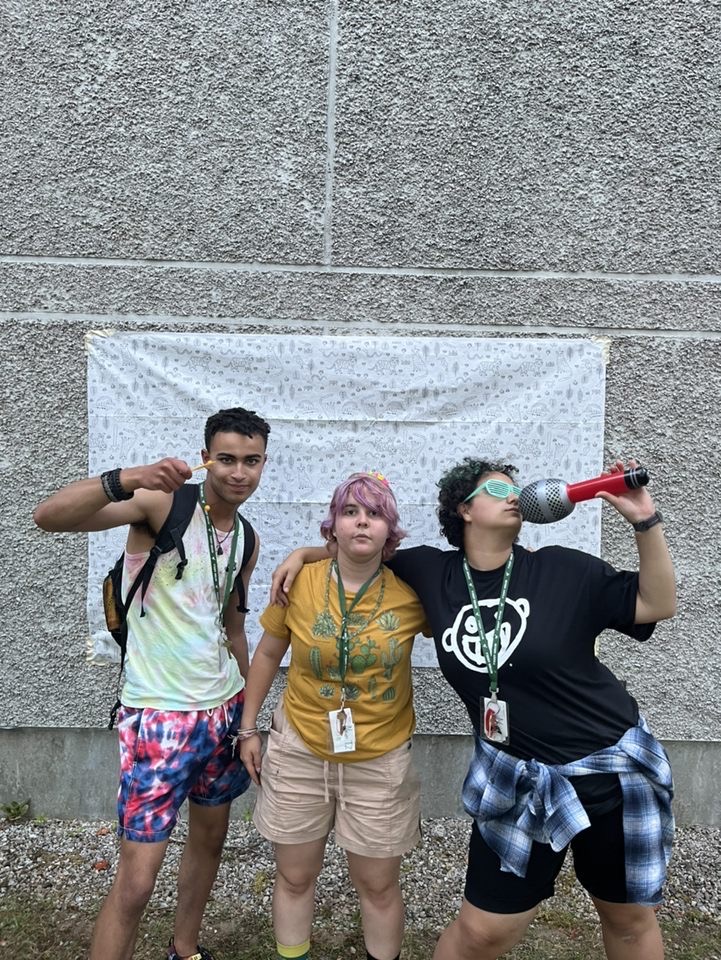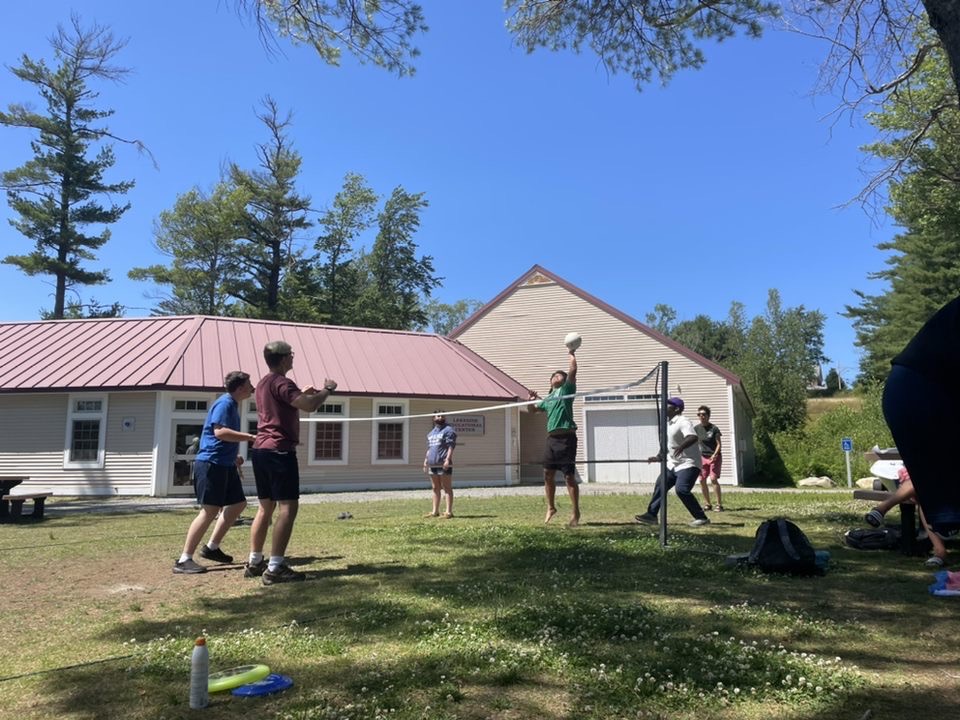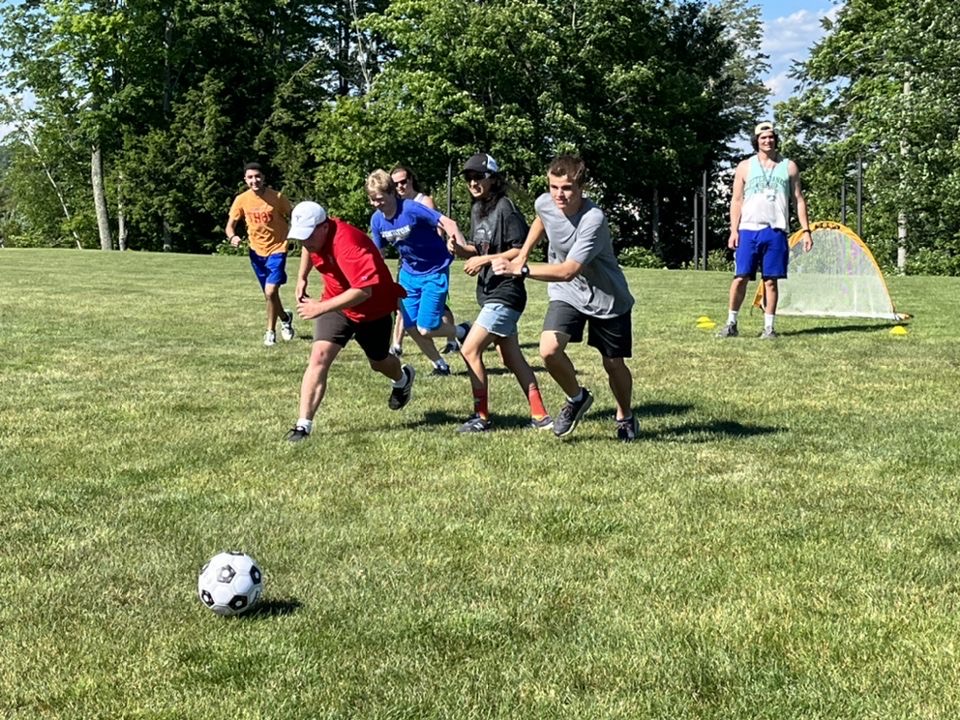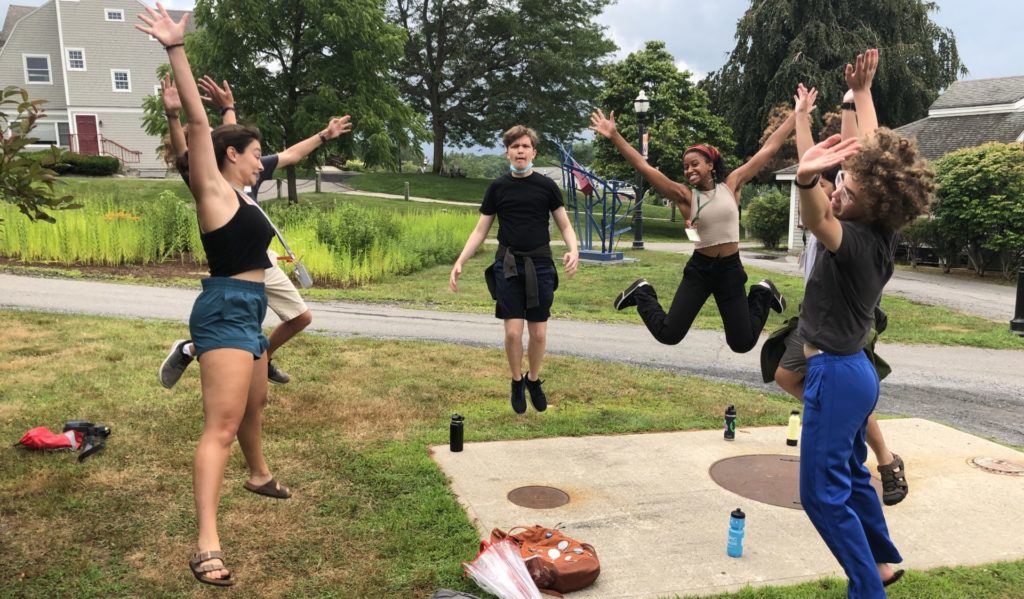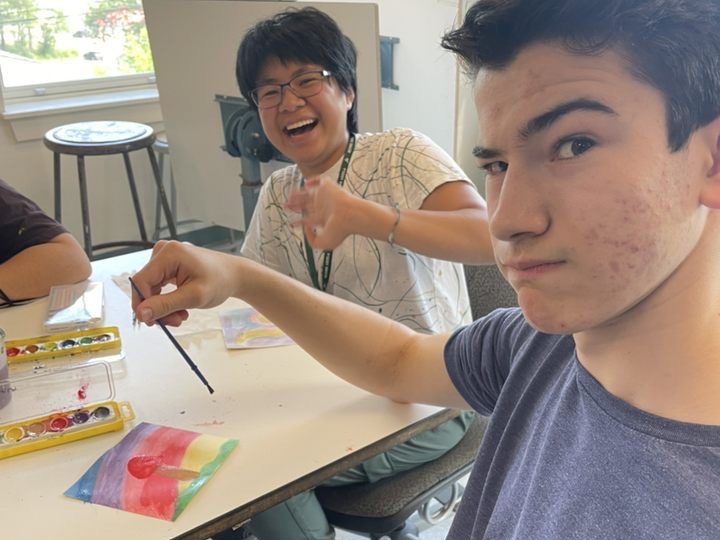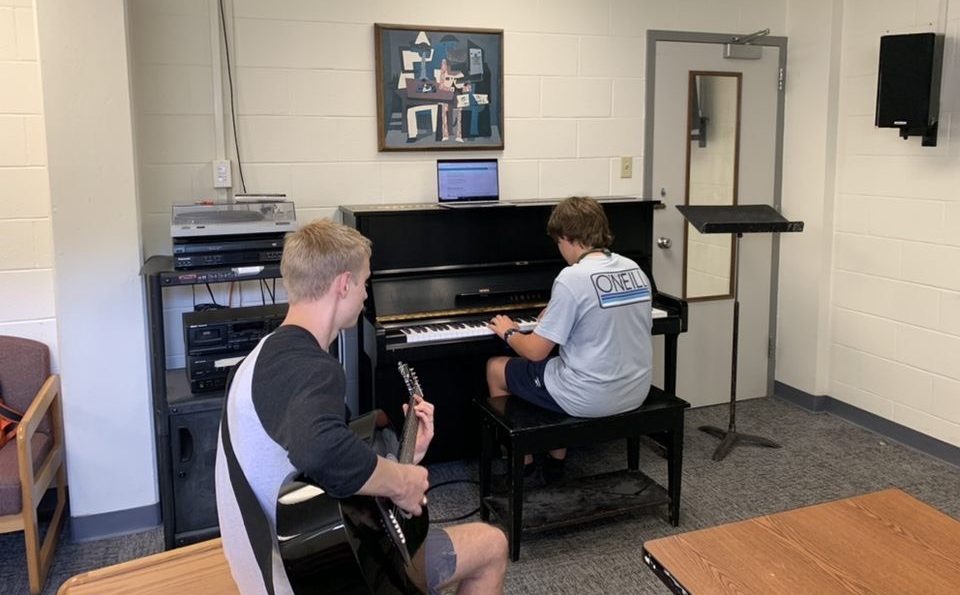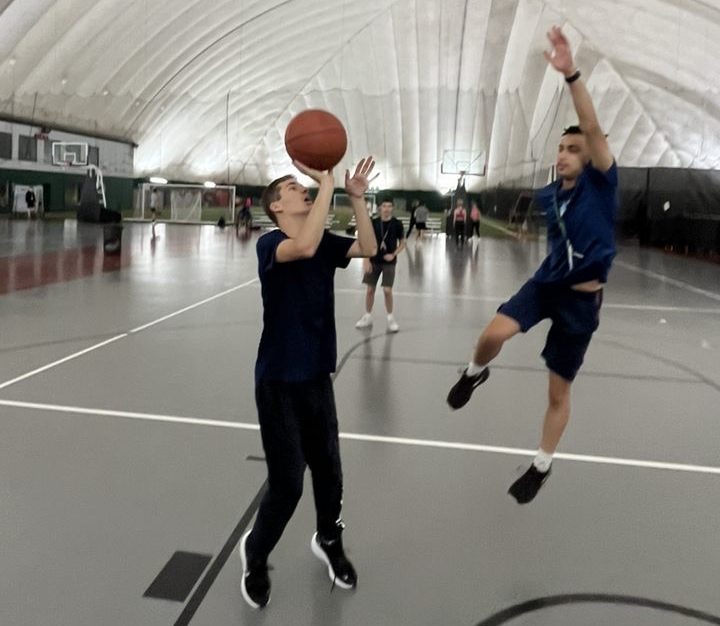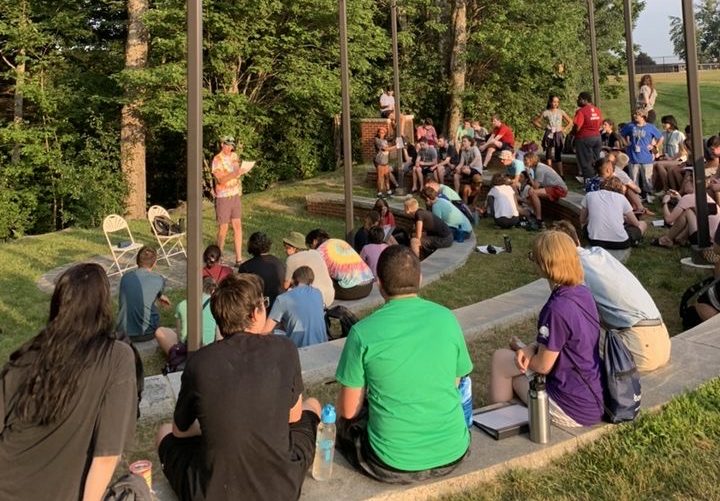Reading aloud was the scariest thing for me when I was younger. I stuttered each time as I looked at the words dancing on my page and wondered how those jumbling letters translated into a meaningful sound. I kept thinking: What was wrong with me? Why couldn’t I understand what everyone else seemed to grasp so effortlessly? Was I not working hard enough?
I found the missing puzzle piece when I watched Taare Zameen Par (Stars on Earth). I finally felt understood. Taare Zameen Par (2007) is a Bollywood film that follows the life of 8-year-old Ishaan, who has dyslexia. Ishaan is kind, curious, and incredibly artistic. But, he struggles to adapt to the rigid ways of learning at school. The film explores Ishaan’s journey of discovering himself as he navigates the myriad of injustices of the Indian education system.
Taare Zameen Par was the first mainstream depiction of neurodivergence in Indian cinema and profoundly transformed how Indian culture understands neurodiversity. Policymakers, educators, and parents finally realized the true impact of oppressive learning paradigms on a child’s self-esteem. As I revisit one of my favorite movies, I reflect on my key takeaways from Taare Zameen Par.
The Power of Belief
Believing in a child promotes the idea that they inherently have all the talents they need to accomplish their goals. It helps children develop a strong sense of self. Ishaan’s art teacher’s belief in him allows Ishaan to share his talents, engage in his learning, and foster connections with peers.
Connection is Paramount
Ishaan’s parents send him to a strict boarding school as a punishment. But Ishaan did not need more discipline; he needed more connection. He feels ashamed, defeated, and isolated. Once Ishaan feels accepted and connects with his art teacher and peers, he thrives and excels.
Accessibility Matters
Assessments in Indian public schools primarily test a student’s ability to recall content.
Ishaan grasps the concepts he learns and understands how to apply them. But, he finds it challenging to recall the content he learned verbatim. Ishaan’s art teacher advocates for different modalities of teaching and testing. He teaches Ishaan spelling and mathematics through audiobooks, art, and play. He also requests that Ishaan be able to take his tests orally. Ishaan received straight A’s that semester and built his confidence.
Learning is Play
During play, children use all of their senses, convey their thoughts and emotions, and explore their environment. In the context of play, children test out novel knowledge and theories. Ishaan builds a boat with scrap during art class. He creates a rotating fan by winding up a rubber band. This mechanism creates tension and helps the boat move through water. He expresses his understanding and application of mechanics through his creation.
Learning should be joyful. It is not just about academics but about helping young folks become the best versions of themselves. We emphasize play, connection, and accessibility in our community at Beyond Akeela and aim to create a safe space for each teenager to feel supported and empowered to discover their unique strengths and identity.







